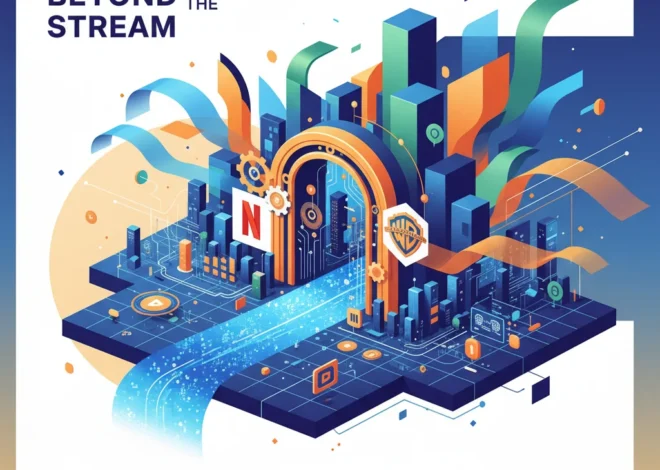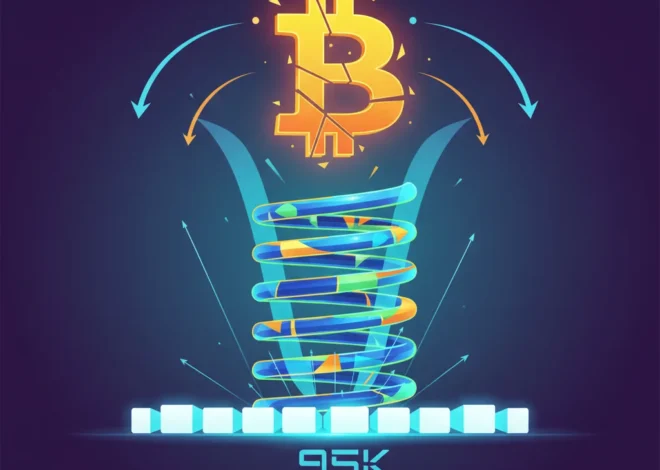
The Banking Bellwether: Decoding the Upcoming Earnings from JPMorgan, Goldman, and Citi
The Opening Bell of Earnings Season: Why Wall Street’s Giants Matter to Everyone
As the leaves turn and the fourth quarter gets underway, a familiar ritual begins in the world of finance: earnings season. It’s a period of intense scrutiny where corporations pull back the curtain on their performance, and it all kicks off this Friday with the titans of American banking. JPMorgan Chase, Goldman Sachs, and Citigroup are set to report their third-quarter results, and the numbers they reveal will send ripples far beyond Wall Street, impacting the broader stock market, shaping investor sentiment, and offering a crucial health check on the global economy.
But these reports are more than just a collection of revenue and profit figures. They are a narrative about the state of the consumer, the confidence of corporations, and the underlying currents of the financial world. For investors, finance professionals, and business leaders, the commentary from CEOs like JPMorgan’s Jamie Dimon is often as important as the balance sheet itself. This quarter, the story revolves around a complex interplay of high interest rates, a slumbering deal market, and the resilience of the American consumer. Let’s break down the key themes to watch as these financial behemoths step into the spotlight.
The Double-Edged Sword: Navigating the Net Interest Income Peak
For the past year, the central theme in banking has been the Federal Reserve’s aggressive campaign to hike interest rates. Initially, this was a massive tailwind for banks. The concept is straightforward: banks make money on the spread between the interest they earn on loans and the interest they pay out on deposits. This spread is known as Net Interest Income (NII).
As rates climbed, the income from loans (mortgages, credit cards, business loans) soared. However, the other side of the equation is now catching up. To prevent customers from moving their cash to higher-yielding money market funds, banks are being forced to pay more on savings accounts and certificates of deposit. This rising cost of funding is squeezing the very margins that were recently so profitable. Investors will be laser-focused on whether NII has finally peaked. A decline or a weaker-than-expected forecast for NII could signal that the biggest benefit of the Fed’s policy is now in the rearview mirror for the banking sector (source). This is a critical metric for a bank like JPMorgan Chase, whose massive consumer and commercial banking operations make it particularly sensitive to shifts in interest rate dynamics.
Dealmaking in the Deep Freeze: The Investment Banking Drought Continues
While consumer banking has been navigating the rate environment, the corporate side of the street has been eerily quiet. Investment banking divisions, which advise on mergers and acquisitions (M&A) and help companies go public (IPOs), thrive on economic certainty and cheap capital. Today, they have neither.
The M&A boom of 2021 has given way to a prolonged slump. Geopolitical instability, recessionary fears, and the high cost of financing have made CEOs hesitant to pull the trigger on transformative deals. The IPO market has been similarly moribund, with only a few notable exceptions. This environment is particularly challenging for firms like Goldman Sachs, which generates a significant portion of its revenue from these advisory and underwriting fees. While some analysts hope for “green shoots” of a recovery, most expect investment banking revenues to remain subdued for another quarter (source). The commentary from executives on their deal pipelines will be a key indicator of corporate confidence and a leading signal for future economic activity.
To better understand the distinct challenges and focus areas for each institution, consider the following breakdown:
| Financial Institution | Primary Business Focus & Strength | Key Metric to Watch This Quarter |
|---|---|---|
| JPMorgan Chase & Co. | A diversified “fortress” model with massive scale in consumer banking, commercial banking, and investment banking. | Net Interest Income (NII) guidance and credit card loan performance as a proxy for consumer health. |
| Goldman Sachs Group, Inc. | Elite investment banking and global markets (trading) franchise, with a strategic pivot in consumer banking. | Investment banking advisory fees and FICC (Fixed Income, Currencies, and Commodities) trading results. |
| Citigroup Inc. | A global banking footprint undergoing a significant strategic overhaul and simplification under CEO Jane Fraser. | Progress on its restructuring, expense management, and performance in its international divisions. |
Reading the Tea Leaves: Credit Quality and the Consumer’s Pulse
Perhaps the most important role banks play in an economic analysis is providing a window into the financial health of households and businesses. The key metric here is the “provision for credit losses.” This is money that banks set aside to cover potential future loan defaults. When this number rises, it means the bank is growing more concerned about the ability of its customers to pay back their debts.
Analysts will be combing through data on credit card delinquencies, auto loan defaults, and stress in commercial real estate portfolios. For months, the US consumer has shown remarkable resilience, continuing to spend despite high inflation and rising borrowing costs. However, cracks are beginning to appear as pandemic-era savings dwindle. A significant increase in loan loss provisions by JPMorgan or Citi, both major credit card issuers, would be a flashing red light for the broader economy (source). It would suggest that the pressure of higher rates is finally starting to cause tangible financial distress, a critical piece of the puzzle in the ongoing debate about the future of economics.
The Trading Floor Wildcard
Amid the gloom in investment banking, the one potential bright spot is the trading division. Market volatility, while unnerving for the average investor, can be a boon for the sophisticated trading desks at these global banks. Heightened volatility in bond markets, currencies, and commodities, driven by shifting expectations around central bank policy, can create significant revenue opportunities. The performance of these Global Markets or FICC divisions is notoriously difficult to predict and can often be the source of a positive or negative earnings surprise. A strong showing here could help offset weakness elsewhere, demonstrating the value of the diversified business models these banks employ.
Why It All Matters for Your Portfolio and Beyond
You don’t need to own bank stocks to be affected by these earnings reports. As bellwethers of the financial system, their performance and outlook have far-reaching implications. A strong report with an optimistic forecast can boost confidence across the entire stock market. Conversely, a cautious tone and rising loan loss provisions can trigger a broad market sell-off.
The insights provided serve as a vital input for the Federal Reserve’s policy decisions, corporate budgeting, and the strategic planning of businesses large and small. They tell us whether the credit necessary for economic growth is flowing freely or tightening up. They signal whether consumers are confident and spending or fearful and saving. In essence, the story of the big banks is a story about the health and direction of the entire economic ecosystem.
As the results are released on Friday, we will gain a much clearer picture of the economic landscape. The reports from JPMorgan, Goldman Sachs, and Citi are not just a backward-looking scorecard; they are a crucial forward-looking guide. They will set the narrative for the remainder of earnings season and provide invaluable clues as to whether the economy is headed for a soft landing, persistent turbulence, or something else entirely. For anyone involved in investing, business, or simply trying to understand the complex forces of modern finance, this is an event that cannot be ignored.


